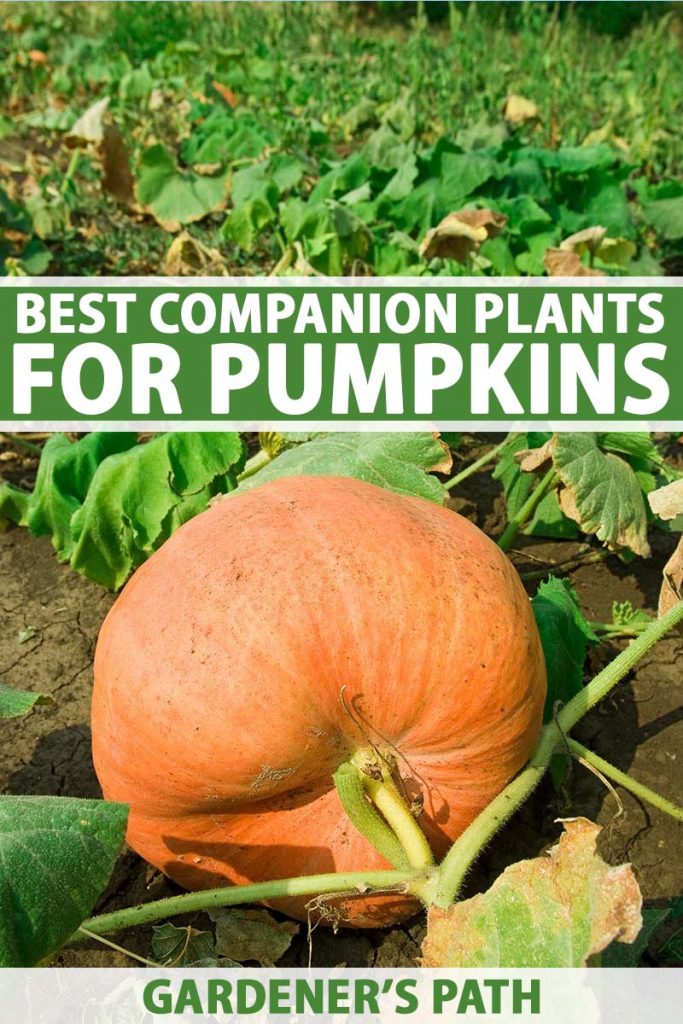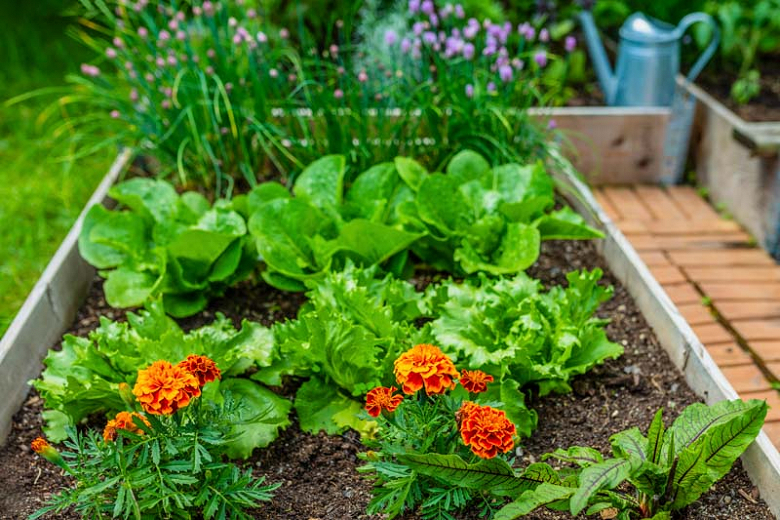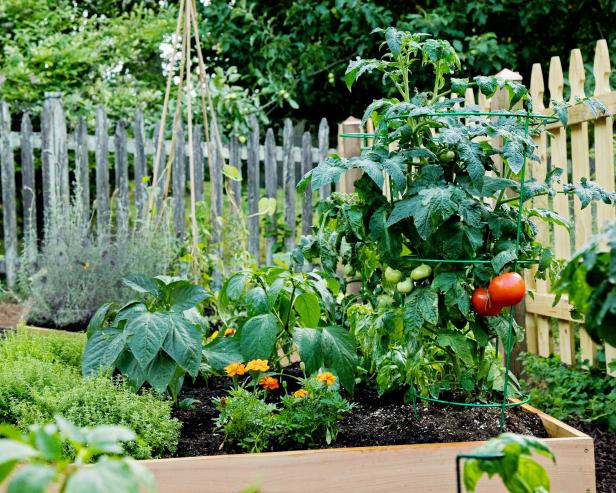Fall Garden Companion Planting: The Ultimate Guide To Growing A Healthy And Productive Harvest
Fall Garden Companion Planting: The Ultimate Guide to Growing a Healthy and Productive Harvest
Fall is a great time to start planning your garden for the upcoming season. One of the best ways to ensure a healthy and productive harvest is to practice companion planting. Companion planting is the practice of planting different types of plants together in a way that benefits each other. There are many benefits to companion planting, including:
- Increased pollination
- Reduced pest and disease problems
- Improved soil health
- Increased yields
If you're new to companion planting, don't worry. It's not as complicated as it sounds. There are a few basic principles that you can follow to get started.
The Principles of Companion Planting
There are three main principles of companion planting:
- Attracting beneficial insects. Many plants attract beneficial insects, such as ladybugs, lacewings, and spiders. These insects help to control pests, such as aphids, caterpillars, and whiteflies. Some of the best plants for attracting beneficial insects include marigolds, nasturtiums, dill, and fennel.
- Distracting pests. Some plants have strong scents that can distract pests from attacking other plants. For example, planting mint near tomatoes can help to deter whiteflies. Other plants, such as garlic and onions, have strong smells that can repel pests altogether.
- Completing the nitrogen cycle. Legumes, such as beans, peas, and lentils, are able to fix nitrogen from the air. This nitrogen is then released into the soil, where it can be used by other plants. By planting legumes in your garden, you can help to improve the overall health of your soil.
Some Popular Companion Planting Combinations
Here are some popular companion planting combinations that you can try in your fall garden:
- Beans and corn. Beans fix nitrogen from the air, which can benefit corn. Corn provides support for beans to climb.
- Carrots and tomatoes. Carrots help to repel nematodes, which can damage tomatoes. Tomatoes help to deter carrot rust flies.
- Cucumbers and melons. Cucumbers and melons attract pollinators, which can help to improve the yield of both plants.
- Herbs and vegetables. Many herbs can help to repel pests and attract beneficial insects. Some of the best herbs for companion planting include basil, chives, dill, mint, and oregano.
Tips for Successful Companion Planting
Here are a few tips for successful companion planting:
- Do your research. There are many resources available that can help you to learn about the best companion planting combinations for your specific garden.
- Experiment. Don't be afraid to experiment with different companion planting combinations. The best way to find out what works for your garden is to try different things.
- Pay attention to your plants. As you're gardening, pay attention to how your plants are doing. If you notice any problems, you may need to adjust your companion planting plan.
Conclusion
Companion planting is a great way to improve the health and productivity of your fall garden. By following the principles of companion planting, you can attract beneficial insects, deter pests, and improve the overall health of your soil. With a little planning, you can create a fall garden that is both beautiful and productive.
Fall is a great time to start planning your garden for the upcoming season. One of the best ways to ensure a successful harvest is to practice companion planting. Companion planting is the practice of planting certain plants together that benefit each other in some way. For example, some plants attract beneficial insects that help to control pests, while others help to improve the soil quality.
If you're new to companion planting, or you're just looking for some new ideas, I recommend visiting Gardenia Inspiration. This website has a wealth of information about companion planting, including a comprehensive chart that lists which plants are good companions for each other. You can also find tips on how to plant your garden for maximum success.
FAQ of fall garden companion planting
Question 1: What are the benefits of companion planting in the fall garden?
Answer: There are many benefits to companion planting in the fall garden. Some of the most common benefits include:
- Attracting pollinators: Companion planting can help attract pollinators, such as bees and butterflies, to your garden. These pollinators are essential for the pollination of many fruits and vegetables, so attracting them can help to improve your yields.
- Reducing pests and diseases: Companion planting can also help to reduce pests and diseases in your garden. For example, some plants release chemicals that repel pests, while others attract beneficial insects that prey on pests.
- Improving soil health: Companion planting can also help to improve soil health. Some plants, such as legumes, fix nitrogen in the soil, which can help to improve the fertility of your soil.
- Creating a more diverse garden: Companion planting can help to create a more diverse garden. This can make your garden more interesting to look at, and it can also help to reduce the risk of pests and diseases.
Question 2: What are some good companion plants for fall gardens?
Answer: There are many good companion plants for fall gardens. Some of the most popular include:
- Carrots and onions: Carrots and onions are a classic companion plant combination. The onions help to repel carrot root fly, while the carrots help to improve the flavor of the onions.
- Beans and corn: Beans and corn are another popular companion plant combination. The beans fix nitrogen in the soil, which benefits the corn, while the corn provides a trellis for the beans to climb.
- Cabbage and nasturtiums: Cabbage and nasturtiums are a good companion plant combination because nasturtiums attract pests away from the cabbage.
- Pumpkins and sunflowers: Pumpkins and sunflowers are a good companion plant combination because they both grow tall and can provide shade for each other.
- Lettuce and tomatoes: Lettuce and tomatoes are a good companion plant combination because lettuce helps to suppress weeds and tomatoes help to deter pests.
Question 3: How do I know which plants are good companions for each other?
Answer: There are a few ways to know which plants are good companions for each other. One way is to consult a companion planting chart. Companion planting charts list which plants are beneficial to each other and which plants should be avoided planting together.
Another way to know which plants are good companions for each other is to observe your own garden. Pay attention to which plants seem to be doing well together and which plants seem to be struggling. You can also talk to other gardeners and ask for their recommendations.
Question 4: What are some common mistakes to avoid when companion planting in the fall garden?
Answer: There are a few common mistakes to avoid when companion planting in the fall garden. These include:
- Planting incompatible plants together: Some plants are incompatible with each other and should not be planted together. For example, tomatoes and potatoes should not be planted together because they are both susceptible to the same blight.
- Planting too many plants together: It is important to leave enough space between plants so that they have room to grow. If you plant too many plants together, they will compete for resources and may not thrive.
- Not considering the sunlight requirements of the plants: Some plants require full sun, while others prefer partial shade. It is important to consider the sunlight requirements of the plants when companion planting so that they all get the light they need.
Question 5: Where can I find more information about companion planting in the fall garden?
Answer: There are many resources available to help you learn more about companion planting in the fall garden. Some of these resources include:
- Books: There are many books available on companion planting. Some of the most popular books include "The Vegetable Gardener's Companion" by Louise Riotte and "Carrots Love Tomatoes" by Craig LeHoullier.
- Websites: There are many websites that offer information on companion planting. Some of the most popular websites include www.gardeners.com and www.almanac.com.
- Gardening clubs and societies: There are many gardening clubs and societies that can offer information on companion planting. These clubs and societies often have meetings and workshops where you can learn more about companion planting.
Image of fall garden companion planting
- Image 1: A garden bed with corn, beans, and pumpkins. The corn stalks provide support for the climbing beans, while the beans fix nitrogen in the soil, which benefits the corn and pumpkins.

- Image 2: A row of carrots with a border of marigolds. The marigolds deter pests from the carrots, and the carrots help to suppress weeds.

- Image 3: A bed of lettuce with a few nasturtiums scattered throughout. The nasturtiums attract beneficial insects, which help to control pests.

- Image 4: A tomato plant with a basil plant growing at its base. The basil helps to deter pests from the tomatoes, and the tomatoes provide support for the basil.

- Image 5: A bed of broccoli with a few chives planted nearby. The chives help to repel pests from the broccoli, and the broccoli provides shade for the chives.
Post a Comment for "Fall Garden Companion Planting: The Ultimate Guide To Growing A Healthy And Productive Harvest"